We have to admit, in our circle we don’t know anyone who uses SmartThings as a control center for their smart home. This is actually surprising, because Samsung is no unknown.
Since the SmartThings app recently received an update to support Matter, we took the opportunity to look at the Aeotec Smart Home Hub v3, which serves as the SmartThings Hub. This is because the hub can now also communicate with Matter devices thanks to an over-the-air (OTA) firmware update. It is available for about 100,- EUR.

The Aeotec Smart Home Hub is connected to the home network via Wi-Fi or Ethernet. It receives power via a USB-C port. To connect the smart devices, the hub uses Thread, Zigbee 3.0, Z-Wave, Wi-Fi and is now also compatible with Matter. Thus, a variety of devices, including sensors, switches and lighting, work with the hub and can be controlled with just one app, the SmartThings app. Similar to the Apple Home app, scenarios and routines can be created there to switch and automate the home.

However, it was not always clear to us which devices can be connected directly to the hub via the mentioned wireless standards. A Philips Hue lamp and the Hue smart plug, as well as an IKEA lamp were found in pairing mode directly from the hub and added to the SmartThings home. On the other hand, it was a completely different story for Aqara’s devices. Neither the temperature sensor nor the vibration sensor nor the motion detector could we add. We found the procedure partly opaque as to which devices actually work directly with the hub. Just because a device speaks one of the supported wireless standards doesn’t mean it can be integrated with SmartThings.

Unlike the Apple Home app, SmartThings also offers the option of adding devices via online accounts. This allows devices from countless manufacturers to be united in one app, including household appliances from Bosch and Siemens via the Home Connect interface, but Ring, WiZ, Shelly and Innr are also supported via the manufacturers’ own online accounts. The list is long.
Even though this seems appealing, we already see the sticking point here. As a HomeKit user, we don’t want to create a separate account for each manufacturer and then link it somewhere else. Leaving the idea of data protection aside, you are dependent on every cloud service of the respective manufacturer and also Samsung’s SmartThings online service.

So far, none of this has anything to do with Matter. In fact, adding Matter to the SmartThings Hub was quite convenient compared to the previous descriptions. Not surprisingly, this process was very similar to adding a HomeKit device to the Apple Home app. Scan the QR code and the device is recognized and, in our case, added to the iCloud keychain. We have thus been able to successfully add the Eve Motion motion sensor with the latest Matter firmware and a Heiman motion sensor to the SmartThings system.

As a pure HomeKit user, with HomePod or Apple TV in use as a hub, this is probably a bit pointless. But it basically shows the way to manage a Matter device in iOS and add it to the Home app, which has been integrated via another system, such as SmartThings.

By the way, if you’re hoping that a SmartThings Hub will make all the Zigbee, Z-Wave or other devices connected to it available in Apple Home after the Matter update, you’ll be disappointed. Samsung has confirmed that the hub does not serve as a Matter bridge for these devices. We consider this a missed opportunity to build the bridge between the old and the new. Samsung could thus have given users more faith in Matter and show that the new standard is actually different from promises of previous standards.

For us as Apple Home users, the foray into SmartThings territory was an entertaining weekend project. The system may certainly suit one or the other user. We ourselves continue to rely exclusively on devices with the HomeKit label for the near future or, if this is not given, on Matter. These devices then enter our home directly via a HomePod or Apple TV.


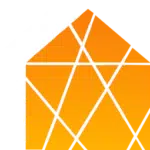


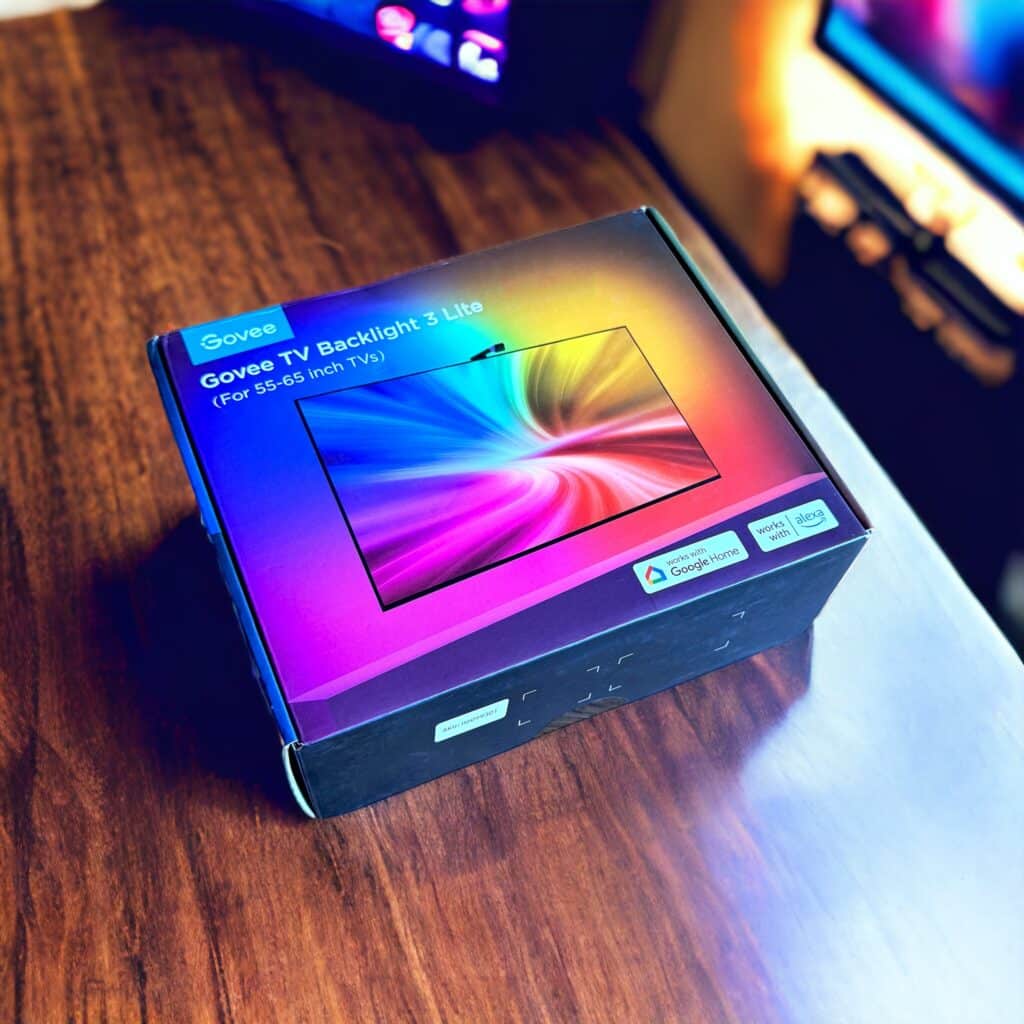
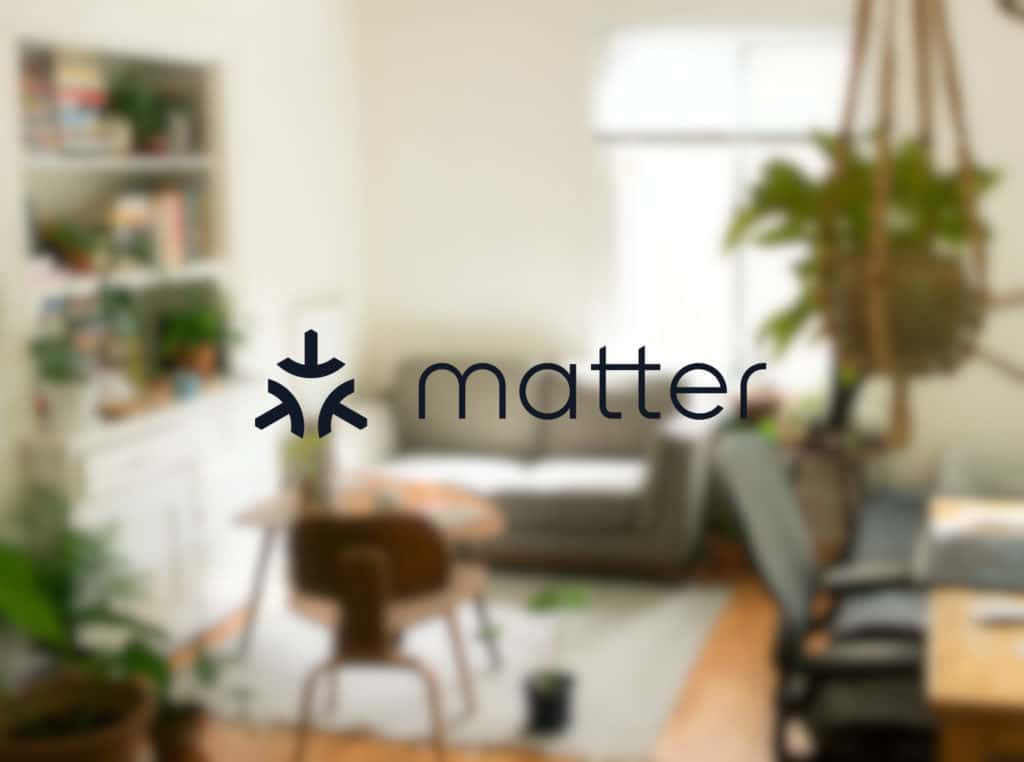
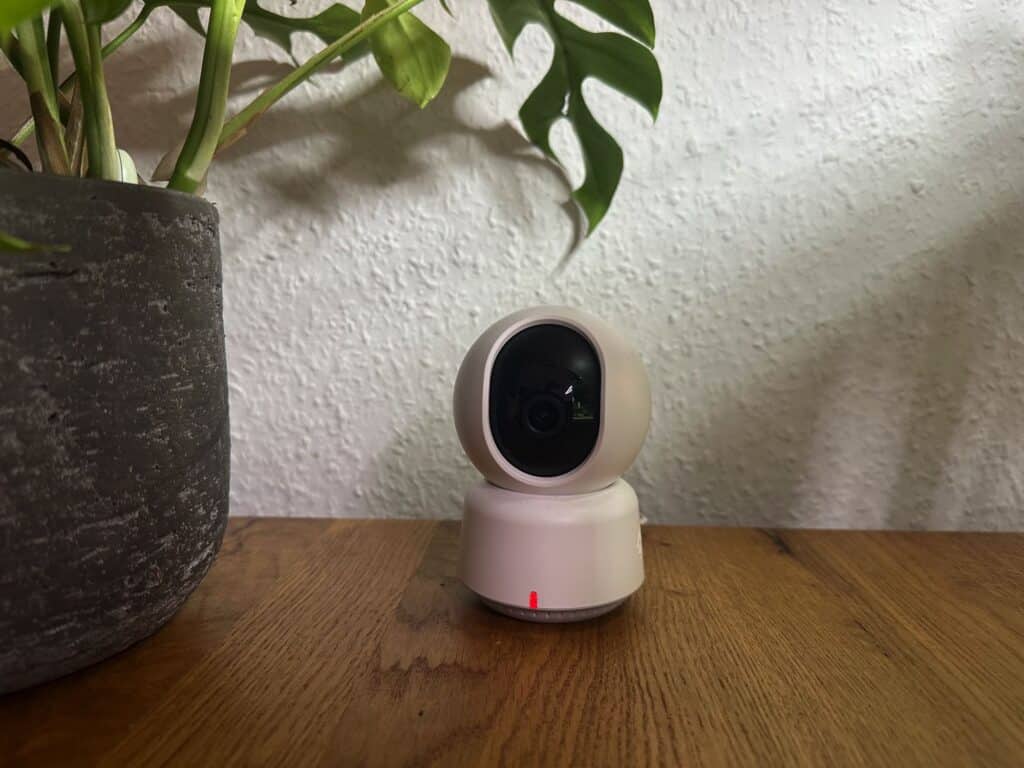
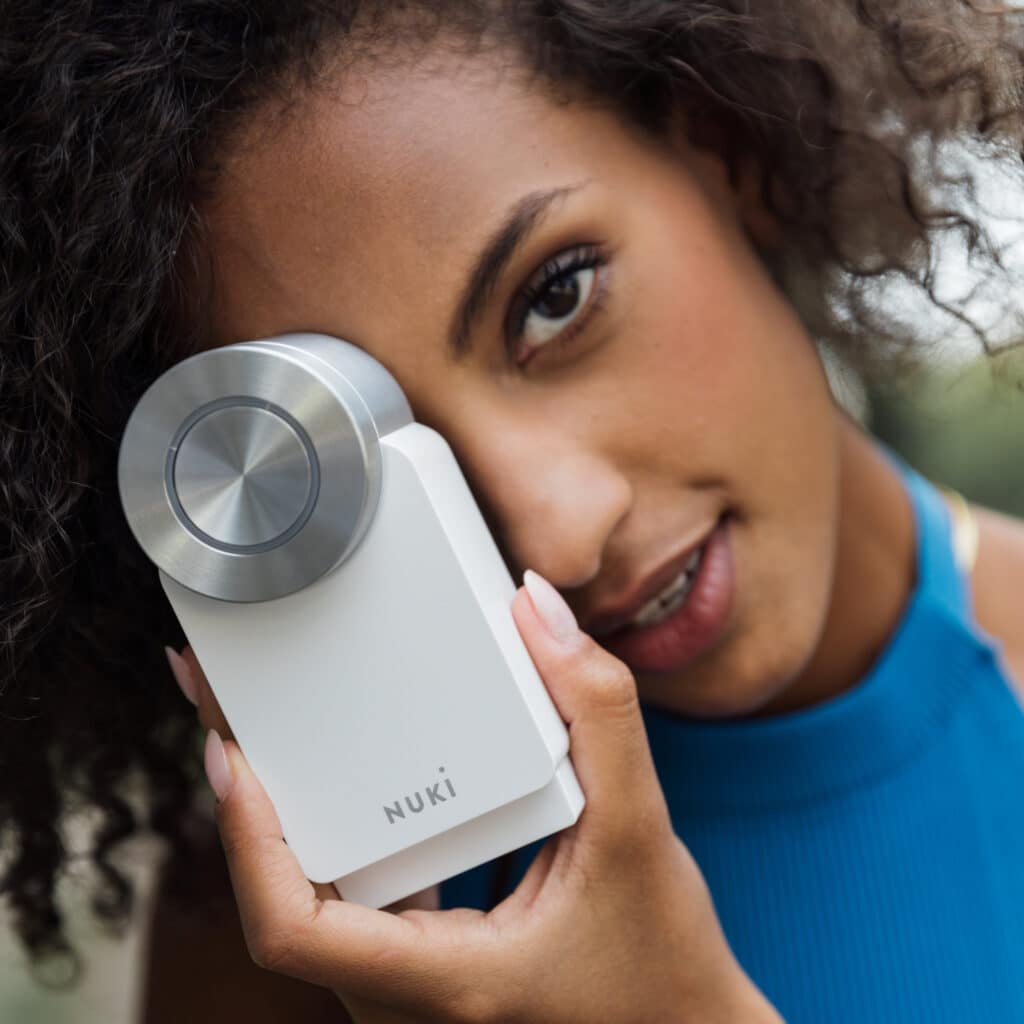
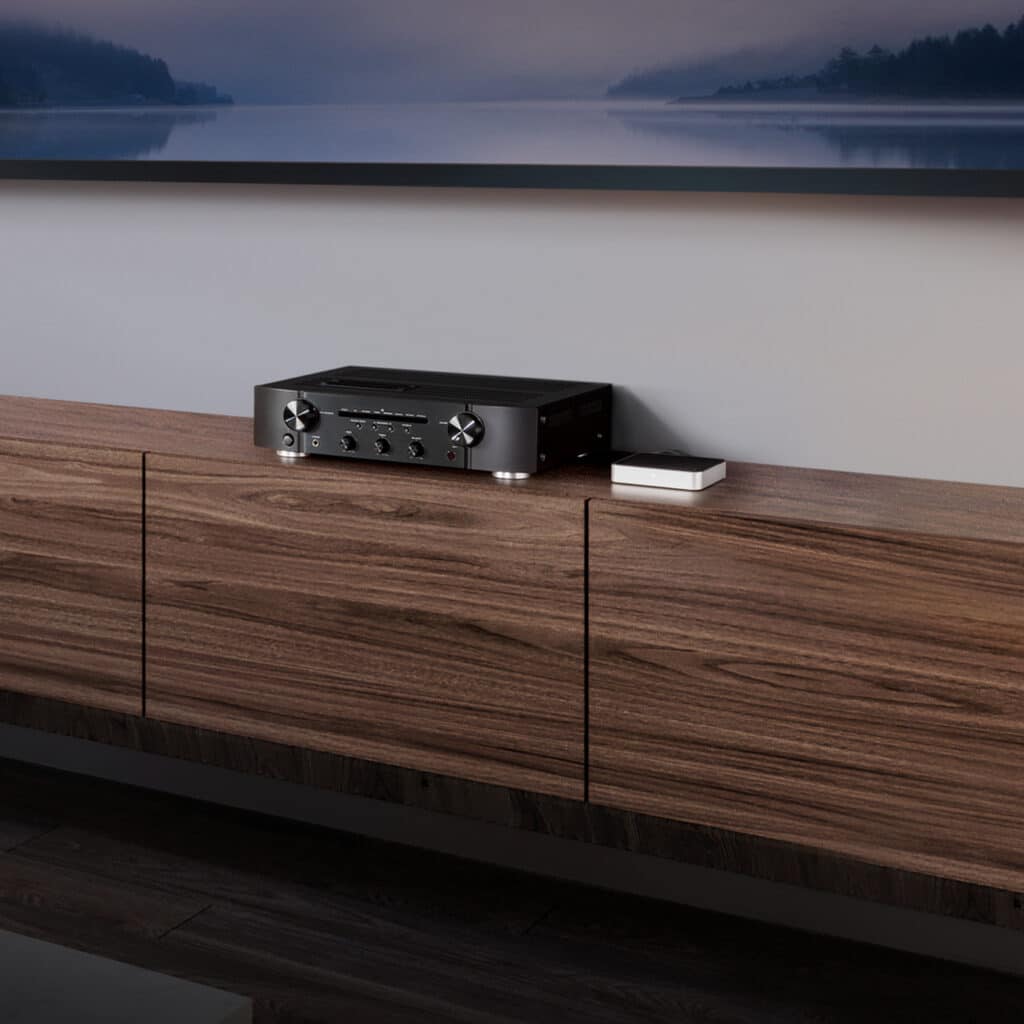
Leave a Reply